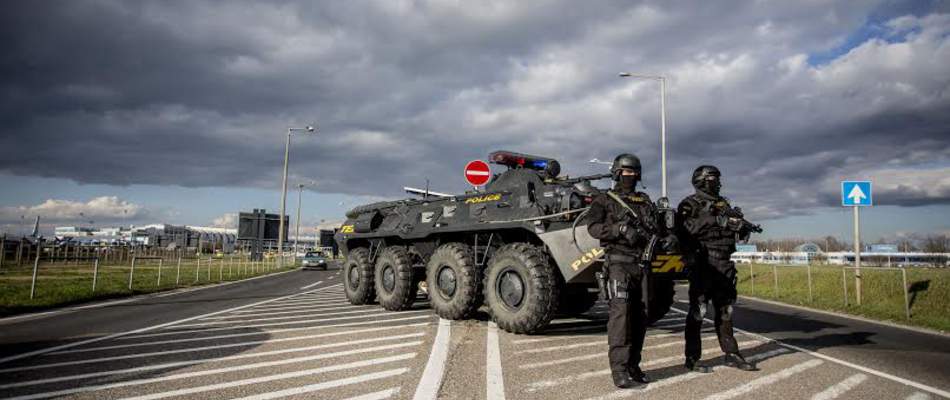The fascinating story of the Hungarians’ homeland conquest
Hungary is a small country with barely ten million inhabitants. Hungarian is the 62nd most widely spoken language in the world. 15,000,000 people speak Hungarian worldwide. Without written sources, only through archaeology, linguistics and ethnography, can we reveal the origins and prehistory of the Hungarian people.
The origins of the Hungarian people
Archeological professor Gyula László proposes the idea of a double occupation. According to his theory, Hungarians occupied the Carpathian Basin in two separate stages. László states that the first wave of occuption was around 670. The more well-known invasion was happening during the 9th century. This is the second conquest that professor László points out, the one under the leadership of Árpád.
The Uralic people are living near the Ural Mountains and the Ob River. The Hantis are, according to science, the linguistic relatives of the Hungarians. They count: kat, hurum, nyatö, vet, hut, husz. This is very similar to how Hungarians count. We can deduce the fishing and hunting lifestyle of our ancestors from the Uralic words fish, net, bow, arrow, etc. The ancestors of the Finns and Estonians, who lived on the western side of the Urals, migrated towards the Baltic. Meanwhile, the Ugric people settled around the rivers of Irtis, Tobol and Isim, tells the Finno-Ugric department of ELTE. A thousand years later, the Ugric people also split. A group of people emerged from the migrants and headed to the south, and that is how the Hungarian language was formed.
Our ancestors shifted to a nomadic pastoral lifestyle on the hilly steppe south of the Ural Mountains. During spring and summer, they used to graze their sheep or cattle along the rivers. In August, on their way back to their winter quarters, they would arrive at well-protected riverside reed beds where they could survive the frosts. Here they met the Old Turks and Bulgarians, from whom we derive 250 of our new words for agriculture and animal husbandry, such as ox, bull, hen, wheat and wine.
Around 700 AD, the Hungarians were already living north of the Black Sea, in Levedia. Here, the seven Hungarian tribes, the names Nyék, Megyer, Kér, Keszi, Tarján, Jenő, Gyarmat and the dual princely system were certainly already in existence. Before the conquest of the Carpathian Basin, the last Hungarian homeland was the South Central region, where they arrived around 850 AD.
Conquest of the homeland
In 895, the army led by Prince Árpád set out on the Vereckei Pass, and others on other passes in the Carpathians, writes Arcanum. In the following years, the tribes occupied the Danube-Tisza area and, following an Italian campaign in 899, the Danube Region and the Moravian foothills. By around 905, the conquest was thus roughly complete. The seat of the principality may have been in the Upper Tisza region, then near the Pilis mountains.
Our people lived in a tribal-national organisation, ruled by lords, chiefs and chieftains and the heads of clans. The braves provided the escort, while the nobles, the commoners owed their services to the nobles. The Magyar occupying force was generally made up of warriors of the Europid race, about 170 cm tall, with shaved heads and braided hair. The Slavs and Avars and many other nations living in the Carpathian Basin were absorbed into Hungarian society.
The Battle of Bratislava concludes the Hungarian conquest. It was an important and significant event, an essential turning point in Hungarian history. Unfortunately, both Hungarian education and the Hungarian media treat the battle in a dismissive way, barely mentioning its significance. It is important to point out that the battle is unfortunately very poorly documented. Among the contemporary sources, the battle of Bratislava is mainly mentioned in the Salzburg and Swabian history books.
- Read Also: Reader’s letter: American lady tries to find her “Budapest Angel”
Source: arcanum.com, finnugor.elte.hu
please make a donation here
Hot news
Top Hungary news: train derailed, huge tax against short-term rentals, new train stations, Hungarians about the war, Dracula, cocktail bars — 21 October, 2024
Hungarian research could yield breakthrough in Covid-19 treatment
5+1 stylish cocktail bars in Budapest to explore with your friends after a long day
Railway stations in major Hungarian cities to be completely rebuilt with private capital
Young people planning armed attacks against protected persons in Hungary – US intelligence warns
Hungary, Laos agriculture ties strengthening: Minister Linkham Duangsavanh visits Budapest





